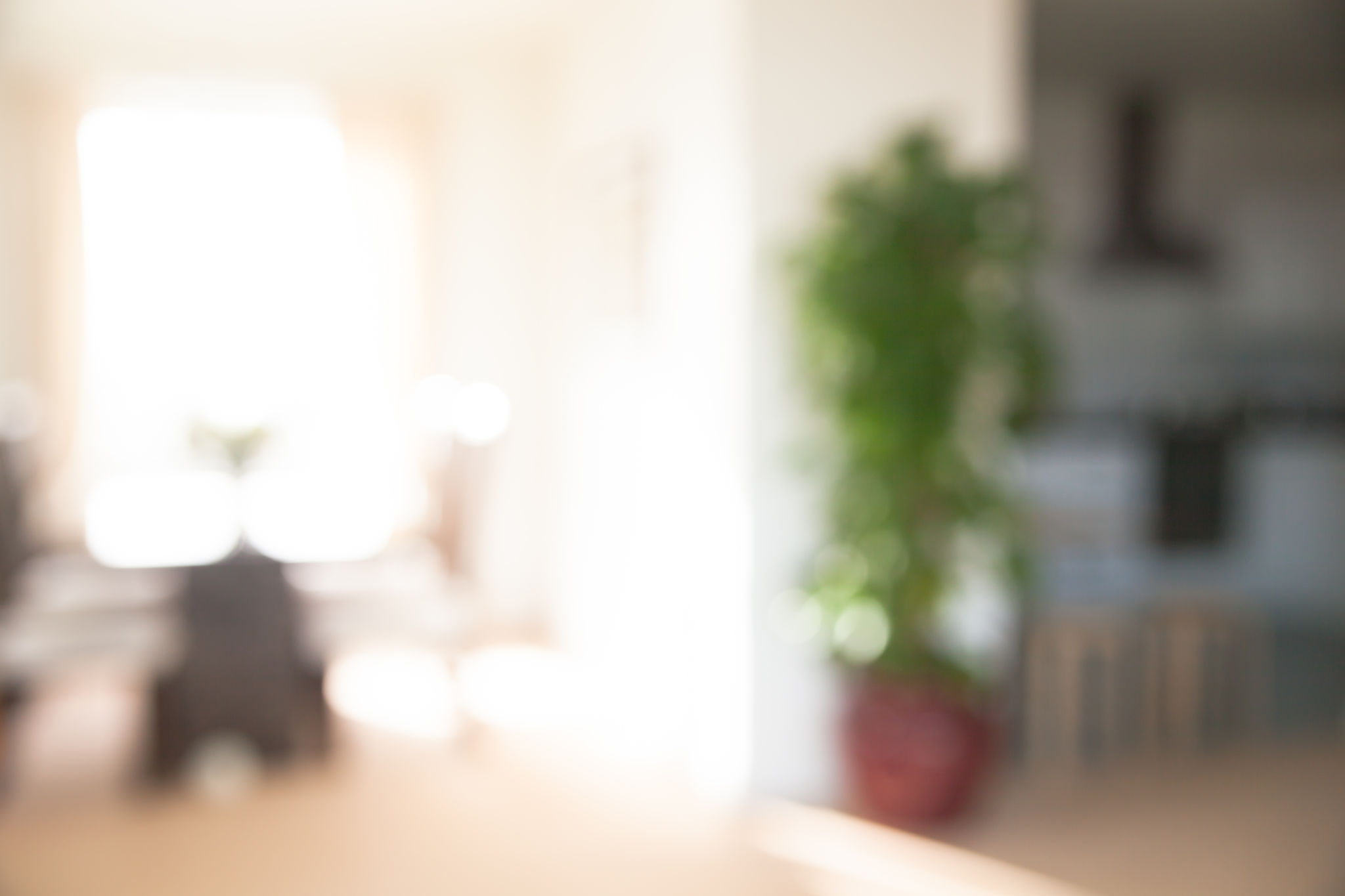Maximizing Light in Your Amsterdam Home: Interior Design Strategies
Po
Embracing Natural Light in Your Amsterdam Home
Amsterdam's charming architecture and narrow streets often mean that homes can feel a bit dim. However, with the right interior design strategies, you can maximize the natural light in your Amsterdam home, creating a bright, airy atmosphere that enhances your living space. Here are some tips to help you make the most of the sunlight streaming through your windows.
One of the most effective ways to harness natural light is by using mirrors strategically. Mirrors can reflect sunlight, making any room feel larger and brighter. Consider placing large mirrors on walls adjacent to or opposite windows. This positioning will capture and bounce light throughout the room, amplifying its effect.

Choosing the Right Colors
Color choice plays a crucial role in enhancing natural light. Opt for lighter shades like whites, creams, and pastels to reflect more light compared to darker hues. These colors not only brighten a room but also give it a fresh, modern feel. If you're looking for a pop of color, consider using it in accessories or as an accent wall to maintain the overall light ambiance.
Additionally, consider the finish of your paint. Glossy or semi-gloss finishes can reflect more light than matte finishes. This subtle change can significantly impact the brightness of a room, especially in spaces with limited windows.

Window Treatments for Maximum Light
The way you dress your windows can either enhance or hinder natural light. Choose lightweight window treatments like sheer curtains or blinds that can be easily adjusted. These options allow you to control the amount of light entering your home while maintaining privacy.
If privacy is not a major concern, consider leaving windows bare or using frosted glass for a sleek look that invites more light. This approach is especially effective in rooms where you want to emphasize openness and connectivity with the outdoors.
Furniture and Layout Considerations
The placement and style of furniture can also influence how light flows through your home. Avoid placing large, bulky furniture near windows, as they can block sunlight. Instead, opt for pieces with slender profiles and lighter fabrics that won't absorb light.
Creating an open floor plan can further enhance light distribution. By minimizing barriers between rooms, you allow light to move freely throughout the space, creating a harmonious and inviting atmosphere.

Incorporating Glass Elements
Glass is an excellent material for enhancing light in your home. Consider incorporating glass doors or partitions to allow light to pass through freely while still maintaining distinct areas within your living space. Glass elements can also add a touch of elegance and sophistication to your interior design.
Another idea is to use glass furniture or accents, such as glass-topped tables or decorative objects. These items allow light to pass through them, minimizing shadows and contributing to a brighter environment.
The Role of Artificial Lighting
While natural light is ideal, it's also important to have effective artificial lighting solutions for evening hours or cloudy days. Layering different types of lighting—ambient, task, and accent—can create a balanced and well-lit space.
- Ambient lighting: Provides overall illumination and sets the mood.
- Task lighting: Focuses on specific areas for activities like reading or cooking.
- Accent lighting: Highlights architectural features or artwork.
By thoughtfully combining these strategies, you can transform your Amsterdam home into a bright sanctuary that truly capitalizes on every ray of sunshine it receives.